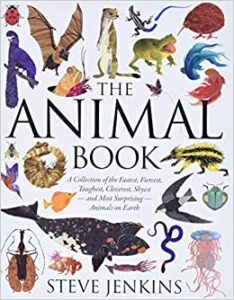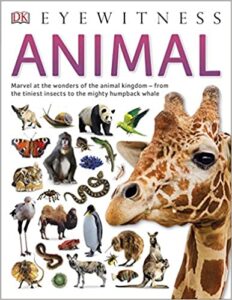LIBRARY BLOG
Wild Facts About Wild Animals
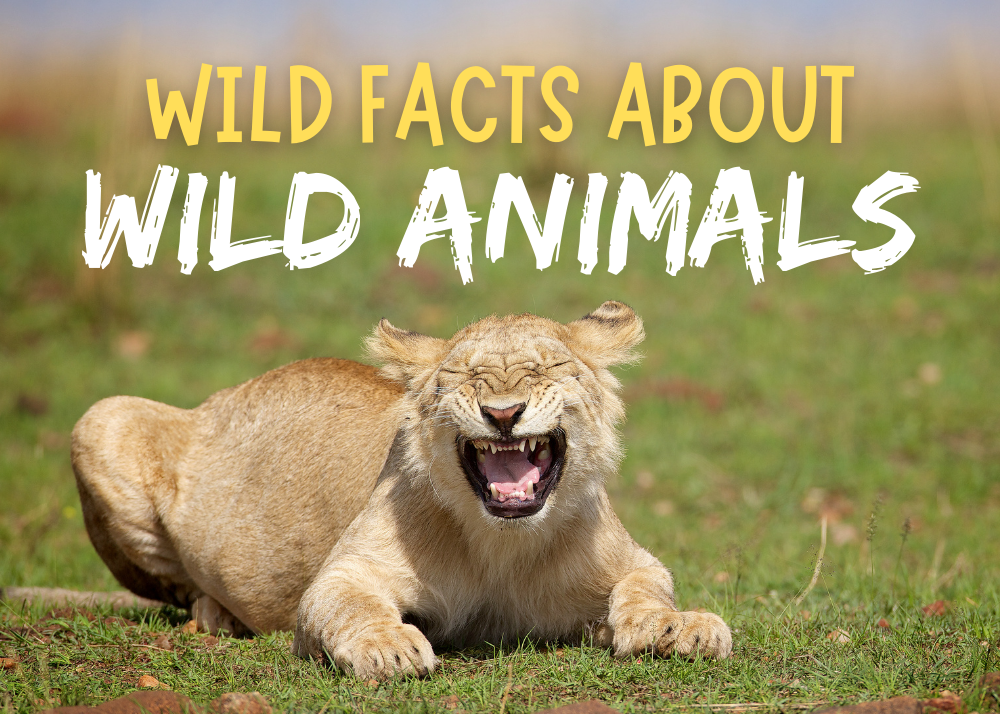
We’re wild about animals this summer at the Terrebonne Parish Library! Take a look at some of the most interesting facts known about wild animals.
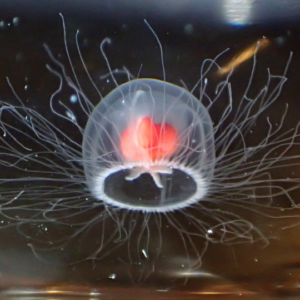
One species of jellyfish is immortal: the turritopsis dohrnii. When faced with physical damage or starvation, they take a leap back in their development process, transforming back into a polyp-their child state.
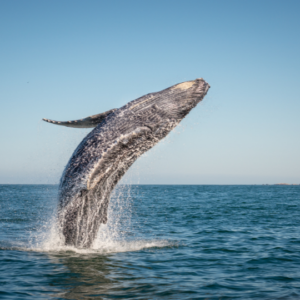
A blue whale weighs as much as three elephants and is as long as three Greyhound buses and can live for 80-90 years. Its heart is approximately the size of a Volkswagen Beetle.
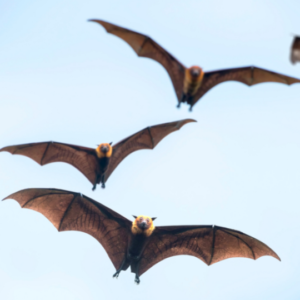
The bat is the only mammal that can fly. To keep an efficient flying weight, bats digest their food extremely fast and excrete within 30 to 60 minutes of eating.
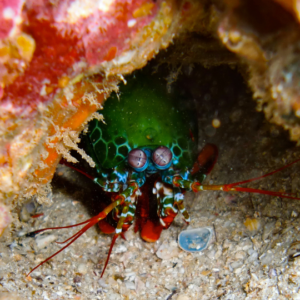
The mantis shrimp has the world’s fastest punch. The peacock mantis shrimp grows 2-7 inches long and can kill prey larger than itself.
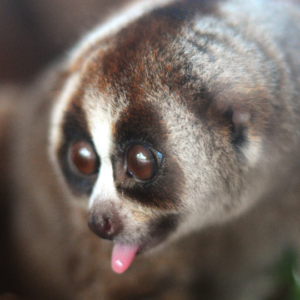
Slow lorises are the only venomous primates. By licking a sweat gland on the inside of its elbow the secretion mixes with saliva and creates a poisonous bite that can be fatal to humans.
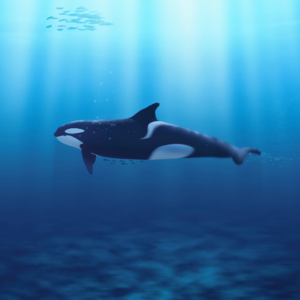
Killer whales are not whales at all, rather a species of dolphin. They are in fact the world’s largest species of dolphin.
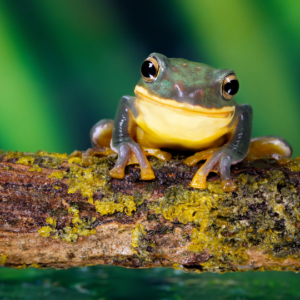
Frogs can freeze without dying. At the first signs of freezing the liver beings to convert stored sugars into glucose, the heart then pumps this glucose to all of the frog’s tissues to prevent the cells from completely dehydrating and shrinking.
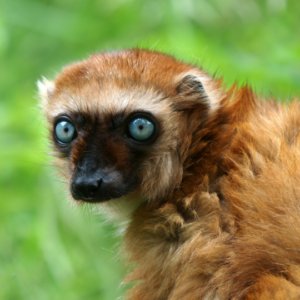
Blue-eyed lemurs are one of two (non-human) primates to have truly blue eyes. They are only found in a small region of Madagascar. The species is critically endangered.
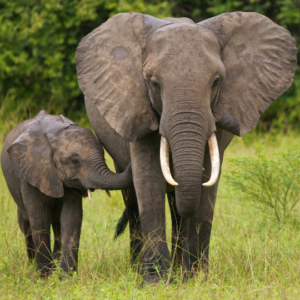
A single elephant tooth can weigh as much as 9 pounds. Elephants are the world’s largest land animal. An adult elephant in the wild will eat as much as 220-440 pounds of vegetation per day.

The kangaroo’s ancestors were opossum-like creatures that lived in trees. While they are rare and rapidly dwindling, today there are 14 species that inhabit the forests of Papua New Guinea, Indonesia, and Australia.
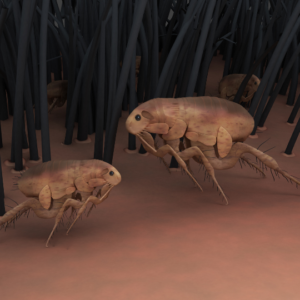
The flea can jump up to 200 times its own height. This is equal to a man jumping the Empire State Building in New York.
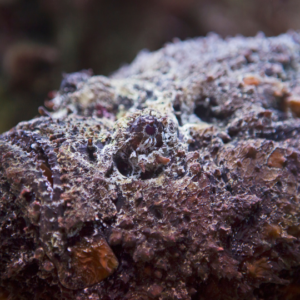
The most poisonous fish in the world is the stone fish. Without anti-venom the sting can be fatal to humans causing paralysis, tissue necrosis and even heart failure.

No two tigers ever have the same stripes, like human fingerprints, this is how individual tigers are identified. Biologists call these stripes disruptive coloration which breaks up the size and shape of the big cat so it is able to blend with tall grasses and trees.

There are five main hypotheses for why zebras have stripes: to repel insects, to provide camouflage through some optical illusion, to confuse predators, to reduce body temperature, or to help the animals recognize each other.

African giant swallowtails, with a wingspan of up to 9 inches, is the most toxic butterfly species. One butterfly is reported to contain toxin strong enough to kill up to six average house cats.
If these wild animal facts have piqued your curiosity be sure to check out our catalogue collection of books on many different types of wildlife!
If you haven’t signed up to particiapte in the library’s Summer Reading program, be sure to sign up today at mytpl.org/srp or stop by any of our nine library branches. This year’s challenge will have you reading at least 20 minutes a day in your library books. For every five days that you do that, you complete a level.
Sources (also available to be checked out at TPL)
-Emily Duplantis, Youth Services Clerk

